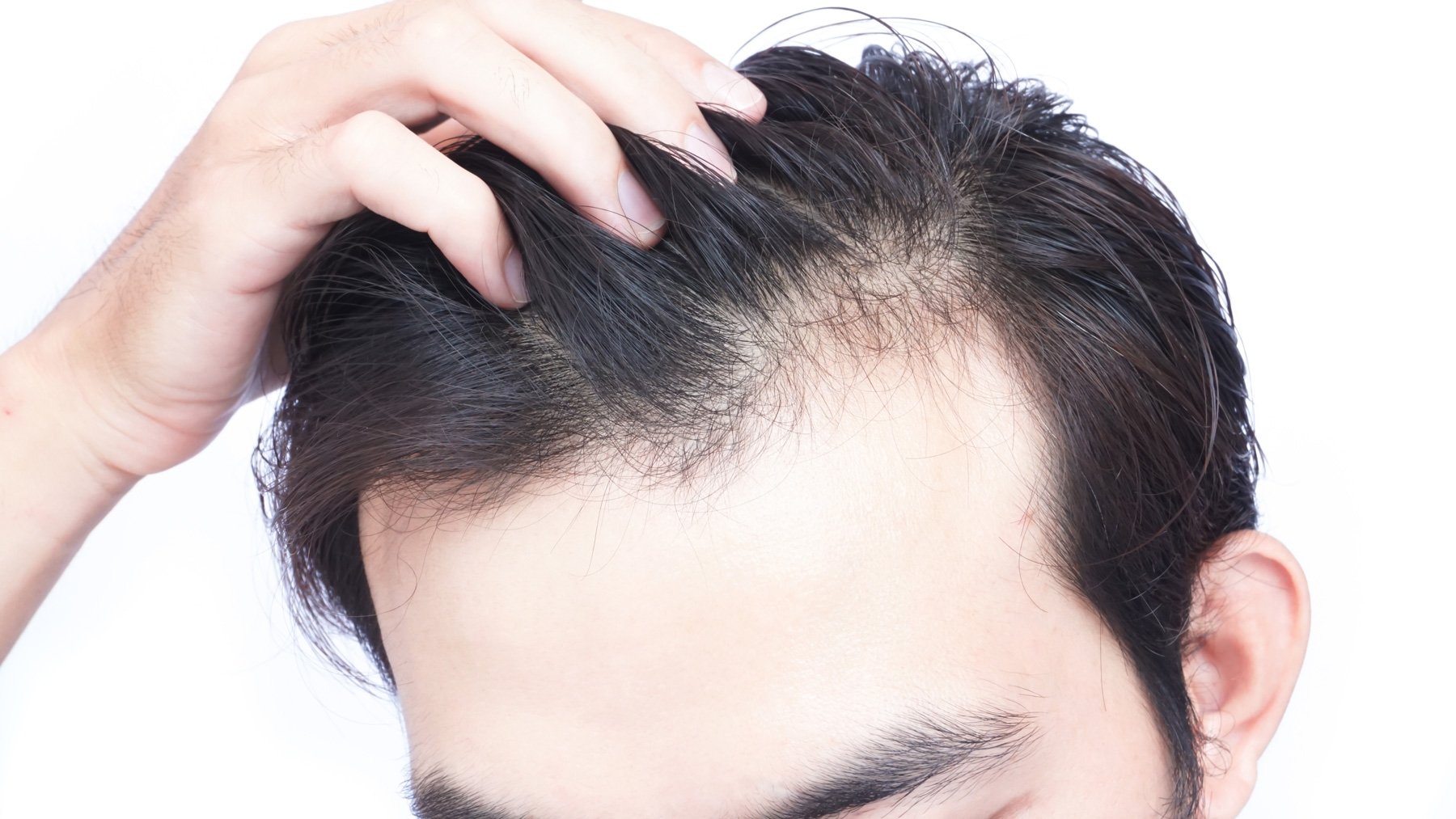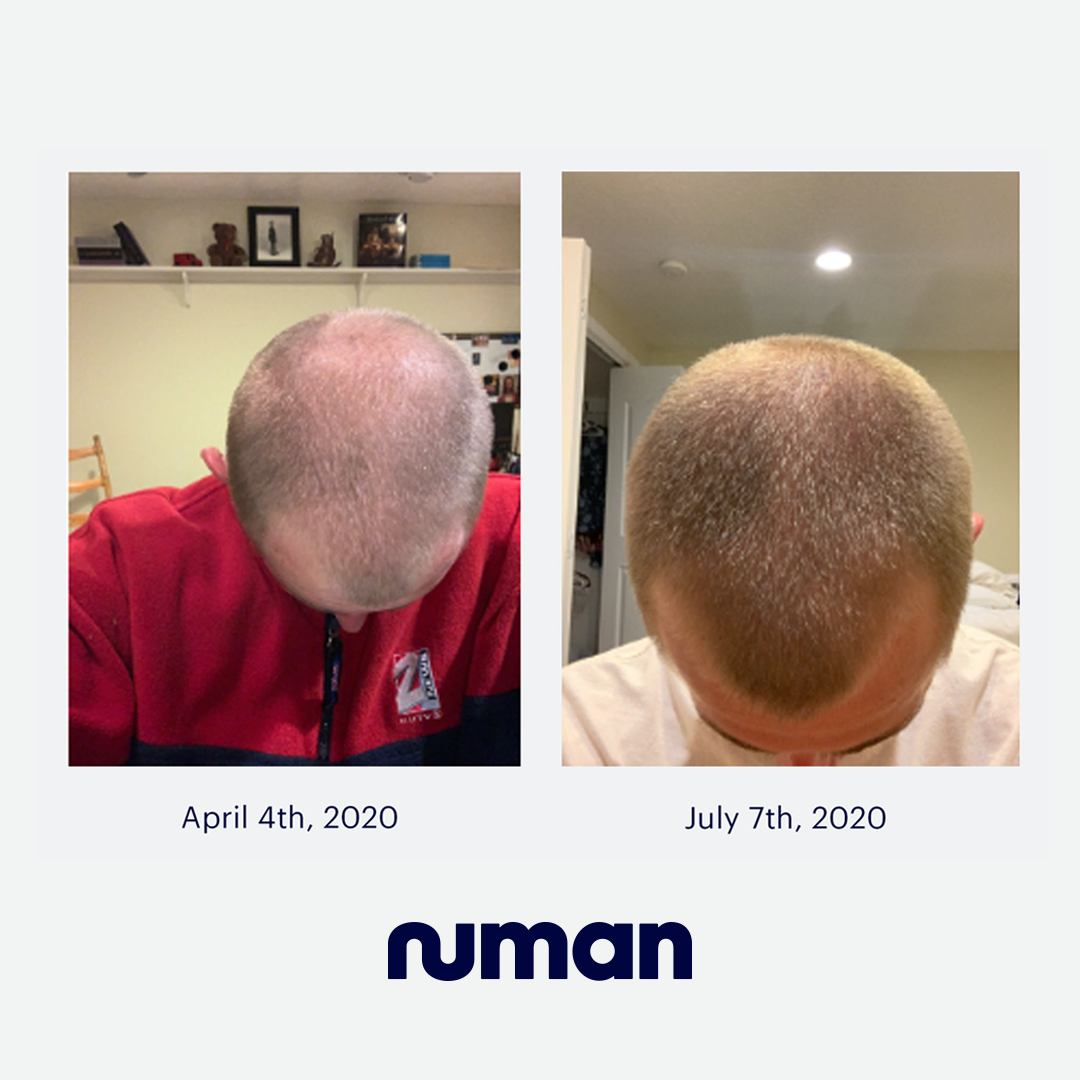Minoxidil hair shedding is normal heres why
Table Of Content

This shedding is generally a sign that the treatment is working. Ultimately, you should only apply Rogaine to the approved areas of the scalp unless instructed otherwise by a healthcare provider who determines another plan is safe for you. Men’s Rogaine was approved for hair loss based on its application only to the vertex of the head. The product isn’t FDA-approved for use on the face, hairline, or anywhere else to promote hair growth. The site of application varies slightly between the different forms. The FDA has approved each of the three Men’s Rogaine products for application to the vertex of the head.
Adverse effects of minoxidil
So as annoying as this probably sounds, it’s worth the patience required to hang tight and let the treatment do the work. Your healthcare provider can help determine if these or other factors are contributing to your hair shedding. They may recommend blood tests, changes in medication, dietary adjustments, or other interventions based on your specific situation. In summary, minoxidil hair shedding is a temporary phase that occurs due to the medication’s effect on the hair cycle. It accelerates the transition of hair follicles from the resting to the growing phase, which can initially cause shedding.

Does Rogaine only work for men?
In addition to a diuretic pill, your healthcare provider will likely also prescribe a beta-adrenergic blocking medicine. Because minoxidil can increase one’s heart rate, a beta blocker can lower blood pressure by blocking epinephrine (adrenaline). Seek medical attention immediately if you are taking minoxidil and are experiencing chest pains or difficulty breathing. The Food and Drug Administration (FDA) assigned minoxidil a black box warning for serious side effects.
Harvard Health Ad Watch: New drug, old song, clever tagline
If you’re trying out minoxidil for hair loss, here’s what you need to know about side effects and how the treatment works. Minoxidil affects the hair growth cycle, accelerating the part of the process during which your thinning hair falls out. This shedding allows the old hair to fall out, making way for new, healthier hair to take its place. To understand, let’s take a more in-depth look at the hair growth cycle. Some people tolerate the foam products better than the solution, as the solution contains more of a compound called propylene glycol (which can irritate the skin).
Unfortunately, minoxidil is not effective when the hair follicle is gone, like after a burn injury. By Patricia Weiser, PharmDPatricia Weiser, PharmD, is a licensed pharmacist and freelance medical writer. Verywell Health acknowledges that sex and gender are related concepts, but they are not the same. To accurately reflect our sources, this article uses terms like “female,” “male,” “woman,” and “man” as our sources do.
Collagen Protein and Hair Growth: What Works?
The study also found that the participants who used the 5% topical minoxidil had improved “psychosocial perceptions” of hair loss. The beginning of any hair loss treatment regimen can feel like your moment. After seeing your hair do nothing but fall out, you’re finally taking matters into your hands and putting an end to it. Many guys turn to minoxidil, a topical solution that’s proven to stop hair loss and even regrow hair for some men. Minoxidil hair shedding is a normal and expected side effect of starting topical minoxidil. Read on to learn about why it happens and how long you can expect it to last.
This medication must be used on a regular basis for your hair to regrow. It may take 2 to 4 months of regular use before you notice any improvement. It is important to continue to use this product to maintain regrowth of hair. Once you stop using it, the regrown hair will usually fall out within 3 months.
Special Health Reports
The vertex is the upper-most point in the center of the scalp and represents a common location for hair loss among men. All of these products are similar in that they contain minoxidil as their active ingredient and are designed to be applied directly to the affected area of hair loss. Rogaine comes as a topical liquid or foam that you apply directly to your scalp.
Other minoxidil side effects
Minoxidil applied to the scalp is used to stimulate hair growth in adult men and women with a certain type of baldness. Another downside for some people is that it can be bothersome to apply. Whilst it no doubt takes some work to introduce minoxidil into your hair routine, when it comes to seeing results, a lot of people find the effort is worth it. And in up to a quarter of the women who take it, minoxidil can actually encourage new hair to grow.
It’s also possible that minoxidil isn’t the right product for you. If you see a lot of your hair falling out after 4 months of use, speak with your doctor about alternative treatments. No, Minoxidil only has a 30-40% efficacy rate for women and a 60% for men. Luckily, other hair loss solutions for people who don’t mesh well with Minoxidil, including wigs, hair toppers, and anti-shedding treatments.
When applied to the skin, topical medications absorb into the skin and mainly work at the area of application. A person should keep a list of all prescription drugs, nonprescription medications, and supplements they are using and take this with them when they see a doctor or go to the hospital. It is important for a medical professional to know which medications a person is taking to ensure that there are no adverse drug interactions. Scientists originally designed minoxidil as a treatment for high blood pressure, and doctors may still prescribe the oral form of the drug for people with severe hypertension.
As a vasodilator, the product dilates your scalp’s blood vessels to open them up to yummy nutrients and oxygen, stimulating hair growth. On a biological level, Minoxidil tackles one of the four phases of your hair growth cycle — anagen, or growth. There has been an increase in the use of a novel formula, minoxidil sulfate-based solution (MXS) since it is an active metabolite of minoxidil. Side effects were tolerable irritation, erythema, and folliculitis.46 Therefore, we believe that MXS is a promising agent for those who are MS non-responders. Oral minoxidil can have an adverse drug interaction with alcohol, causing a decrease in blood pressure. But topical minoxidil does not significantly react with alcohol use.
Finasteride is traditionally used to treat hair loss by blocking DHT (as noted earlier) in people who were assigned male at birth. For this reason, it’s also recommended for some trans women when taken in combination with estrogen. While it’s not currently not approved for women or trans men, some dermatologists will prescribe it off-label for use — in most cases, people who are post-menopausal. That isn't to say it isn't safe for women to use, it's just that enough studies haven't been done yet to approve it.
Patients using minoxidil for a longer duration and patients with a family history of greying were more likely to report hair greying. Topical minoxidil used for hair growth is clinically proven to work. Blood vessels in the scalp open, allowing nutrients to get to the hair follicles.
The 14 Best Hair Growth Serums for Thicker, Fuller Hair - Health.com
The 14 Best Hair Growth Serums for Thicker, Fuller Hair.
Posted: Wed, 20 Mar 2024 07:00:00 GMT [source]
Early in treatment you might notice a temporary increase in hair shedding, as it alters the hair cycle to make way for new growth. Minoxidil needs to be trialled for three to six months to determine if it's effective. Since Rogaine isn’t appropriate for all types of hair loss, it’s important to get a correct diagnosis from your doctor before starting this product, even though it’s widely available over the counter. A 2004 study showed that 5% topical minoxidil was superior compared with 2% topical minoxidil.
Some people see partial hair regrowth, while others may experience a return to a full head of hair. The hair growth cycle changes due to age, genetics, and other factors. Minoxidil is a vasodilator, which means that it lowers blood pressure. Using minoxidil with other vasodilators, such as blood pressure medication or erectile dysfunction drugs, can be dangerous. A person should not use minoxidil with another vasodilator unless a doctor recommends it.
Comments
Post a Comment